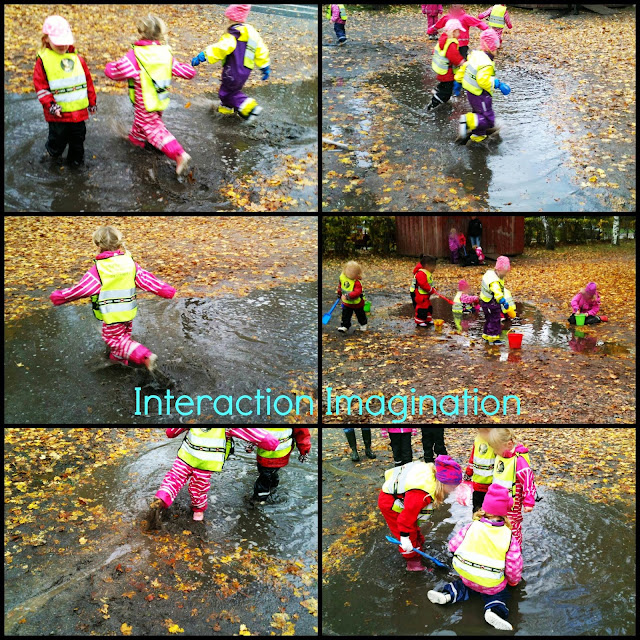Our teacher Angela planned a wonderful celebration for the children and has shared the experience here for everyone to read about. Thank you Angela for all the loveliness you bring to our little community.
Despite all of the recent illnesses and other setbacks, I still
set out to do a small festival with the children as a part of my Lifeways
training. Thankfully, festivals are a source of healing and harmony for a
community, in our case the children were the community. It's very easy to
forget that what is central for a festival is really to come together to
celebrate, in one sense our togetherness, and in another more specific sense,
depending on the festival, spring.
May Day is a wonderful chance to welcome the joys of spring and
to come together after a long chilly winter. I brought a very simple small
version of this to our preschool. The children don't need long explanations or
fancy decorations, they really just need a few drops of magic in what is already
there. We spent a majority of our festival outside on the most beautiful spring
day in which the blue sky, rays of sunlight, singing birds, and budding flowers
were all the decoration I needed to make it special, and of course their
favorite place to be. I imbued a little magic into the celebration by
introducing Lady Spring who had finally awoken from her long slumber and began
to spread her springlike ways with flowers, berries, and more. These two things
were really the platform of our celebration, magic and magic outside.
We started the morning with a short story about Lady Spring (whom
we had the chance to meet briefly), a song, and finally a joining of hands to
gather outside for the activities.
We joined the birds, blue sky, and
dandelions, to craft our own magic wands to fly in the wind, join in a spring
snack of berries and coconut cakes, and finally to dance around our maypole
decorated with ribbons in the many spring colors.
A lot of these activities,
small, but meaningful were special to the children. One child even suggested
that before we dance around the maypole we collect as many dandelions as we
could and all throw them in the air at the same time, what a small yet joyous
activity inspired by Mother Nature for our festival. It was really the simplest
parts of the whole celebration that brought them great pleasure; plucking
dandelions from the ground, waving wands in the wind, joining on our rock for a
special snack, and singing songs together.
One of the most amazing things about
sharing this day together was watching the joy in the children's faces, seeing
them engage with each other happily, and playing outside joyously with what
Mother Nature provided for them. We certainly felt a sense of healing and
harmony in our tiny community for that time spent together.
Check out more Outdoor Fun at the...





















